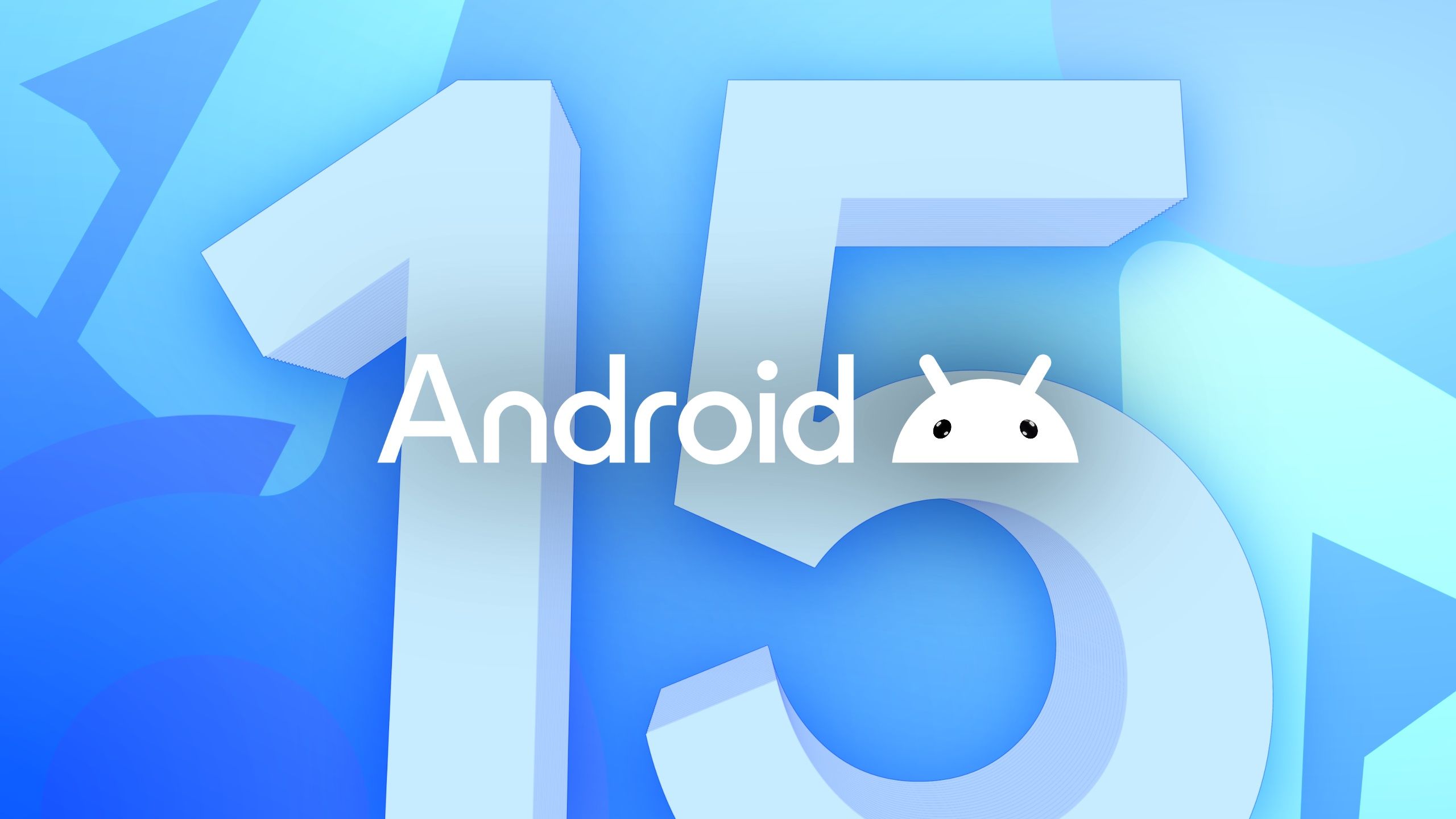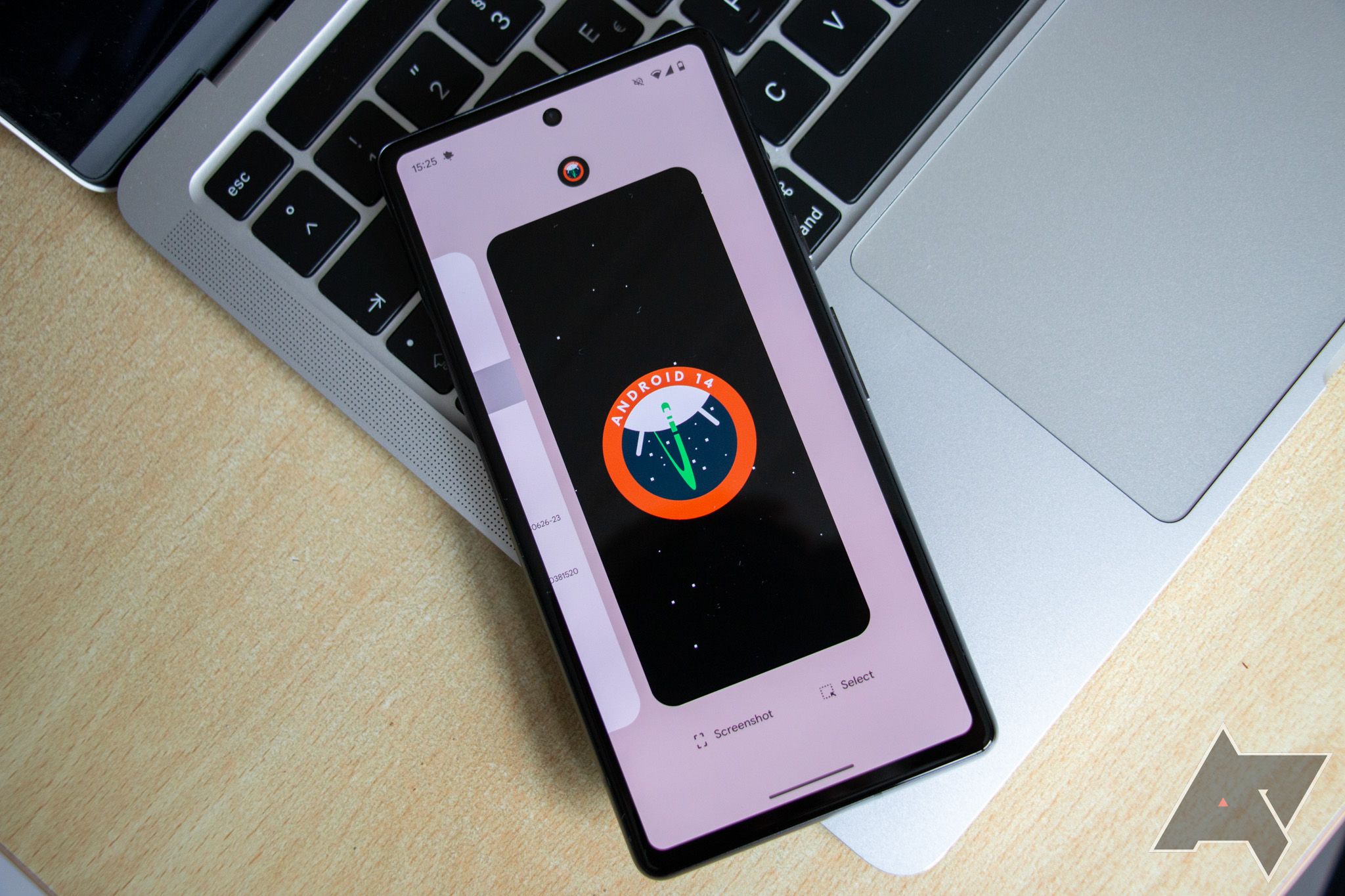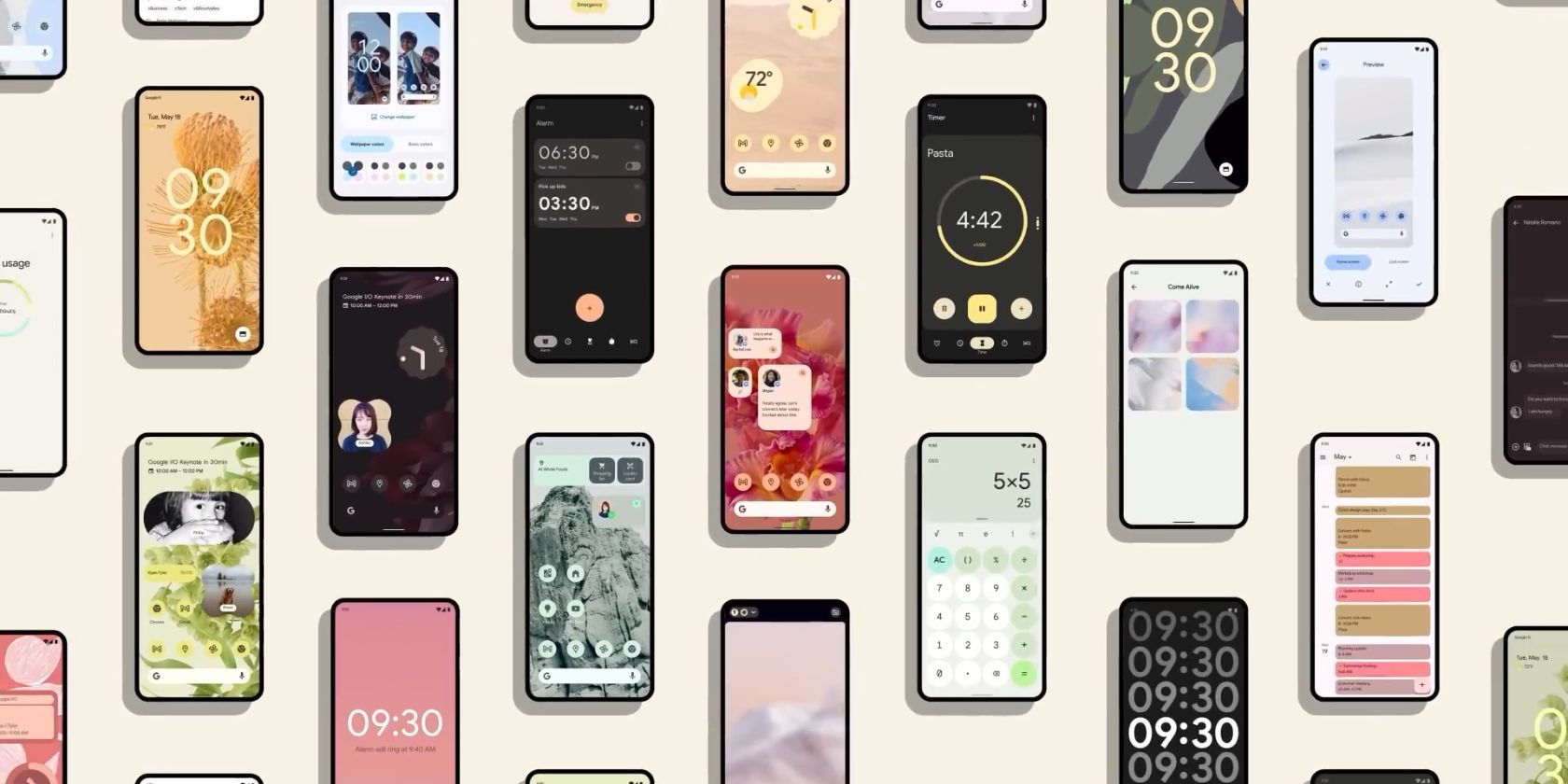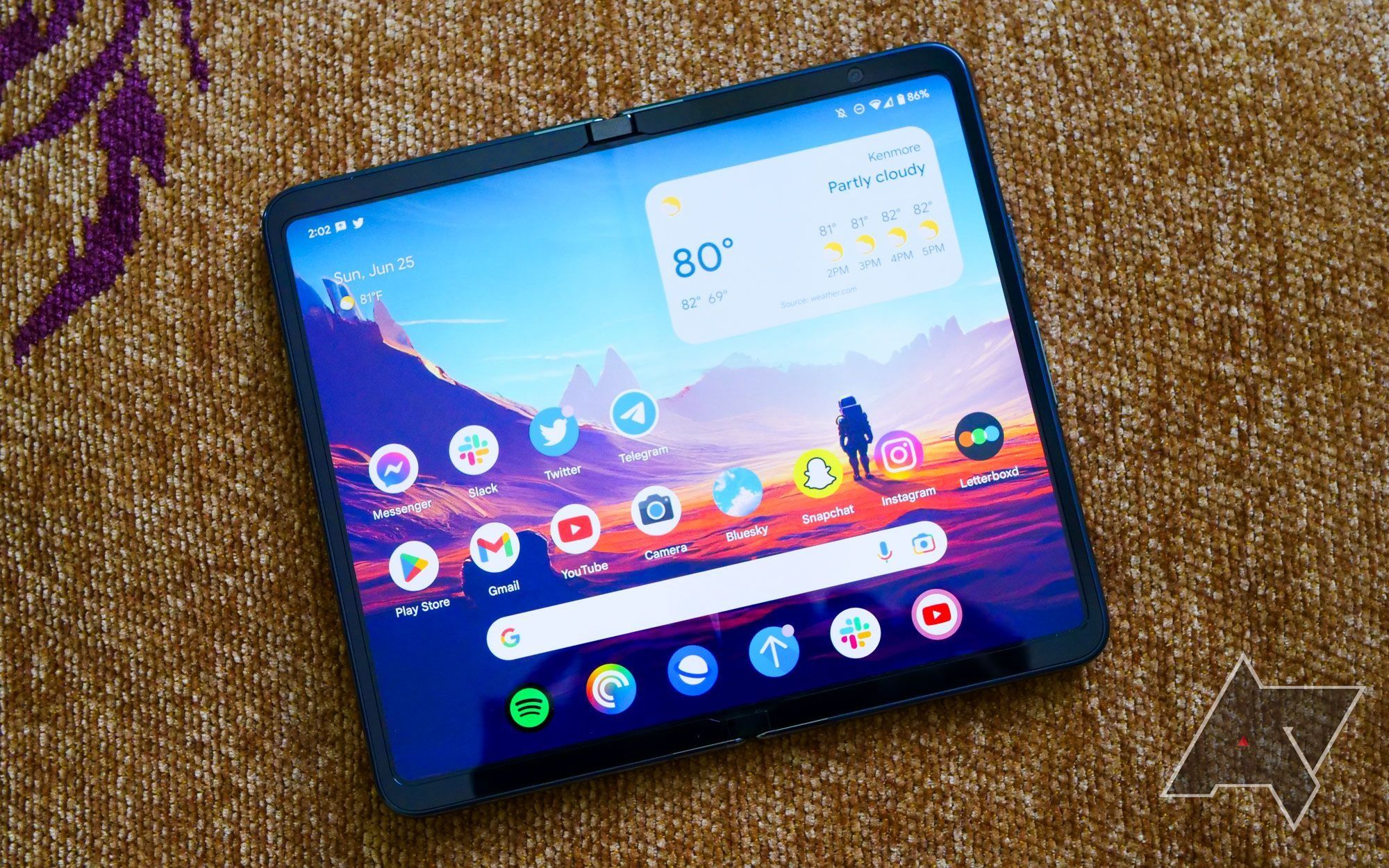Believe it or not, it’s been three years since Google first showed off Material Design 3, also known as Material You, in 2021. It updated the aesthetic across the entire operating system — and in many supported apps, emphasizing themes based on wallpapers, speed, animations, and larger UI elements. It’s fair to say that it was a massive change, with plenty of refinements in consecutive releases.
However, as we approach the launch of the Android 15 update, it’s apparent that the nature of Android releases has shifted. They now primarily concentrate on enhancements to improve the user experience, departing from groundbreaking new features and visual transformations. Android updates aren’t as exciting as they used to be, so we’re reviewing past changes.
7 best Android 15 features so far
Android 15 isn’t the biggest update, but it still packs a punch
Android has matured; it no longer needs big updates
Most of the missing features are already built-in
Android is a refined operating system. Google has done a fantastic job optimizing and enhancing the operating system on thousands of devices over the years. Thanks to various partnerships with phone makers and chip manufacturers, the company has addressed some of the biggest problems, making the entire OS feel more complete.
Most of the major missing features — the type of things we all complained about ages ago — are already built into the operating system. Android has received significant changes on the backend in recent years, changing how apps and games are handled. This change has also made rooting less redundant.
It’s at a point where significant releases are no longer necessary, as many services and updates are handled by Google itself and other phone makers. Frameworks can also be updated when new security patches are released or when a company decides it’s time to roll out and reach tens of millions of devices.
The lack of visual changes is disappointing
Material You has stopped evolving
Source: Google
Material You has introduced striking new looks that changed how we think and use our devices. It allows for more personalization and customization options, and it’s well-supported by developers. Of course, there are some inconsistencies across the board, as even Google can’t decide whether a bottom navigation menu bar should be placed at the end or elsewhere. Still, it’s a largely refined OS with a standardized design and layout.
The problem is that it’s not perfect. Google has failed to provide a standardized look that would offer users at least some consistency across applications. As a result, some are using designs that are different from the ones they are supposed to use.
When will these things be addressed? When will these visual and practical elements be changed to be more consistent and follow the latest guidelines that even Google often refuses to use? Nobody knows. What we know is that AI-ificiation of Android is currently taking place, and while we could see significant changes in the next few years, visual changes to Android are currently off the table.
Can we focus on the most requested features, please?
Give a little love to foldables, tablets, and the UI
Android, as a platform, is slowly evolving; there’s no doubt about that. The new Android 15 update introduced many new functionalities and features that we’re happy to see, and the OS is slowly adding even more useful options in every single release. But we want to see something different and much larger than what we’re getting.

Android 15 could reach iPhone levels of standby battery life
Potentially unlocking up to three extra hours of standby time
While foldable phone makers have done an exceptional job optimizing the software for large-screen devices, it needs even more work to offer a more enjoyable experience — one that truly competes with the likes of the iPad regarding smooth animations and transitions.
Many users are asking for improved widgets and even more options to customize the smartphone experience — yes, that includes adding more features and better compatibility to the stock AOSP launcher, which many developers rely on for their own launchers. We need Google to add better support for the latest technologies and provide more adequate support for its apps, services, and developer community.

Alex Mitchell is your go-to expert for all things mobile. With a passion for the latest smartphones, apps, and mobile innovations, Alex provides in-depth reviews, insightful analyses, and breaking news about the ever-evolving world of mobile technology. Stay connected with Alex to navigate the fast-paced realm of mobile devices.




